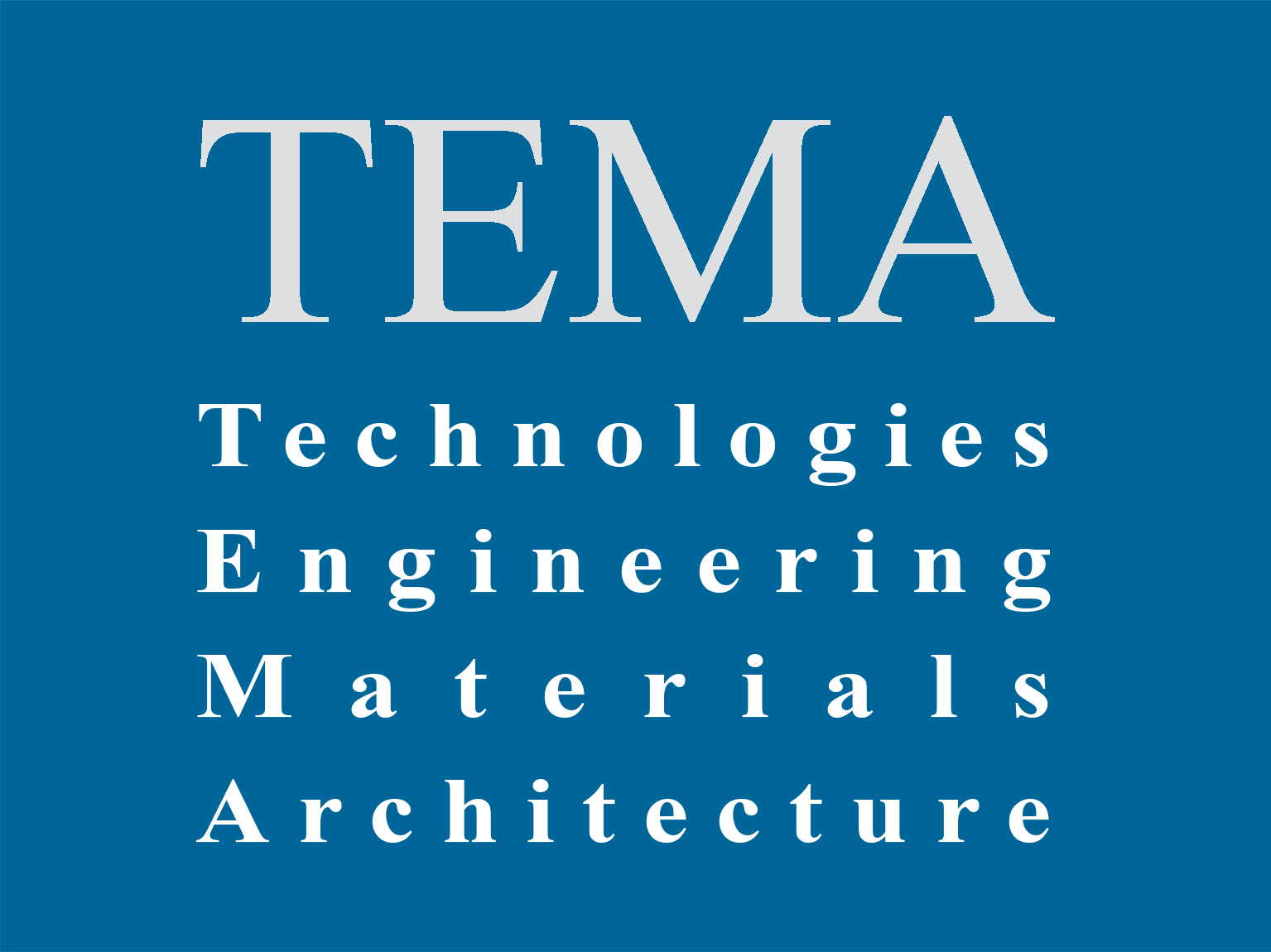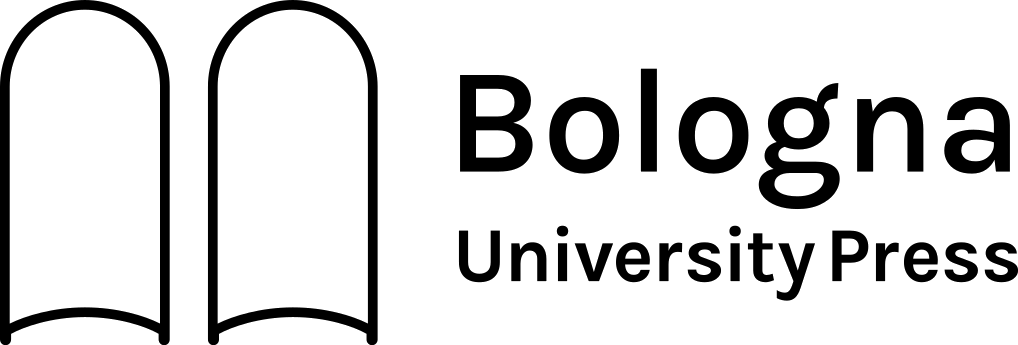Abstract
A validated method for the digital representation of historic construction through HBIM permits assessment of compliance with workmanlike practices and structural performance. The construction of an appropriate model is closely linked to survey methodology, to the integrated application of multiple techniques of direct and indirect survey and non-destructive tests. The paper specifically deals with the complementarity between photogrammetry based on UAV (Unmanned Aerial Vehicles) with TLS (Terrestrial Laser Scanner). Finally, through this methodology, the HBIM model set for structural use allows the analysis of local mechanisms in order to verify the performance of the building. The methodological approach to the relationship between constructive survey and construction of the HBIM model to understand and evaluate the building organism from a structural point of view is exposed using Villa Palma-Guazzaroni in Terni as a case study. The Villa is representative of architectural heritage resulting from an original unitary intervention and subsequently affected by several modifications that, without obscuring many of the original values, have nevertheless altered the building and its architectural characteristics.









